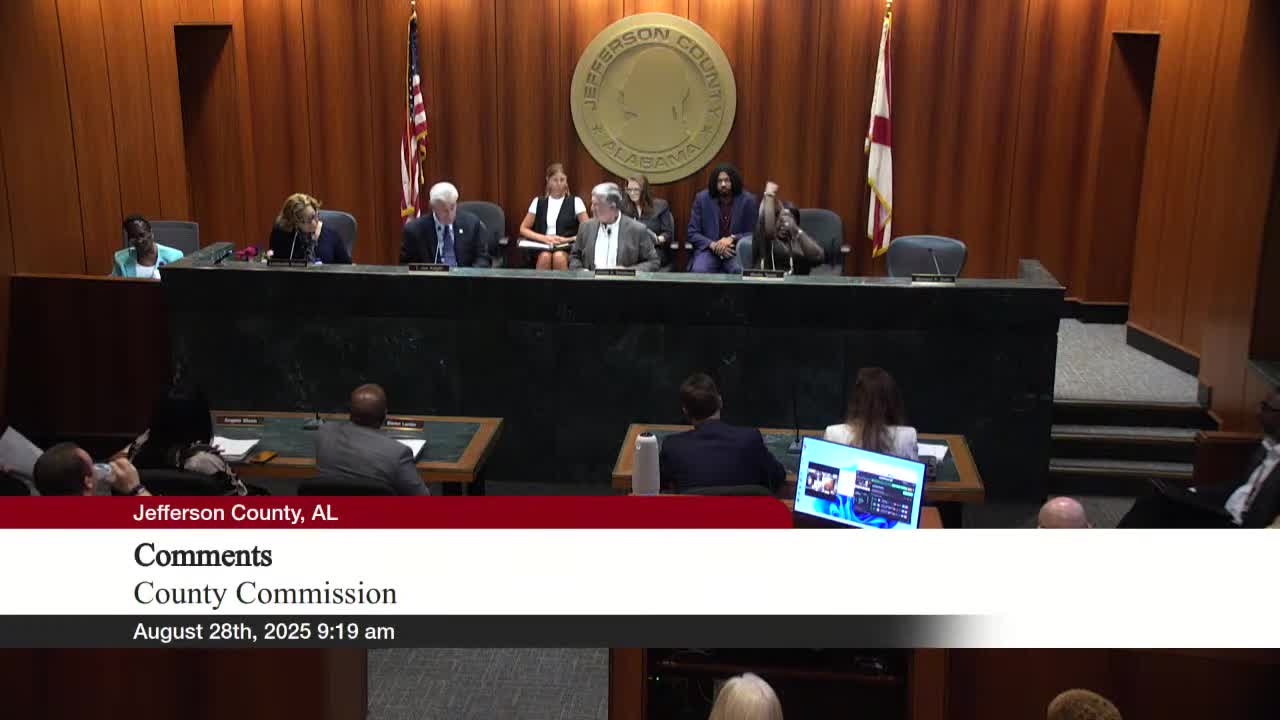Labor Day Commemorates 1882 Workers' March Leading to National Holiday Recognition
August 29, 2025 | Jefferson County, Alabama
This article was created by AI summarizing key points discussed. AI makes mistakes, so for full details and context, please refer to the video of the full meeting. Please report any errors so we can fix them. Report an error »

The upcoming Labor Day, observed on the first Monday of September, serves as a national holiday honoring American workers. This tradition dates back to the 1800s, a time when laborers faced grueling conditions, often working 80 to 100 hours a week without limits on daily hours.
The origins of Labor Day can be traced to 1882 when approximately 10,000 workers, led by Peter McGuinn, staged a parade in New York City to protest these harsh working conditions. Their efforts culminated in June 1894 when Congress officially designated Labor Day as a national holiday for workers.
Significant labor reforms followed, including the Fair Labor Standards Act of 1938, which established a 44-hour workweek under President Franklin D. Roosevelt. By 1940, Congress further reduced the standard workweek to 40 hours, mandating overtime pay for any hours worked beyond that limit.
As Labor Day approaches, it is a reminder of the workforce's contributions and the ongoing importance of labor rights in America.
The origins of Labor Day can be traced to 1882 when approximately 10,000 workers, led by Peter McGuinn, staged a parade in New York City to protest these harsh working conditions. Their efforts culminated in June 1894 when Congress officially designated Labor Day as a national holiday for workers.
Significant labor reforms followed, including the Fair Labor Standards Act of 1938, which established a 44-hour workweek under President Franklin D. Roosevelt. By 1940, Congress further reduced the standard workweek to 40 hours, mandating overtime pay for any hours worked beyond that limit.
As Labor Day approaches, it is a reminder of the workforce's contributions and the ongoing importance of labor rights in America.
View full meeting
This article is based on a recent meeting—watch the full video and explore the complete transcript for deeper insights into the discussion.
View full meeting
